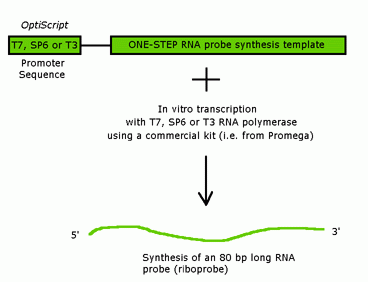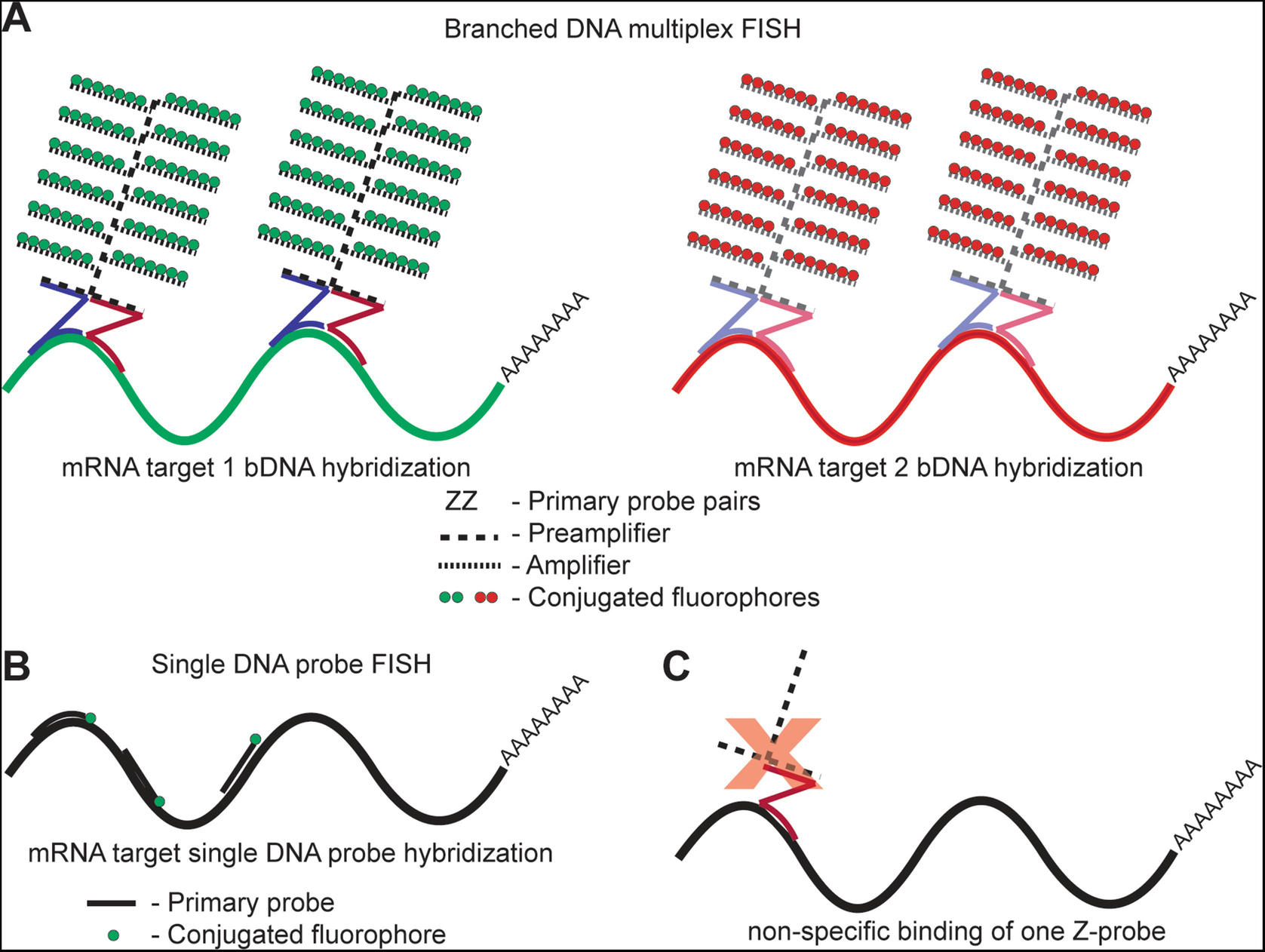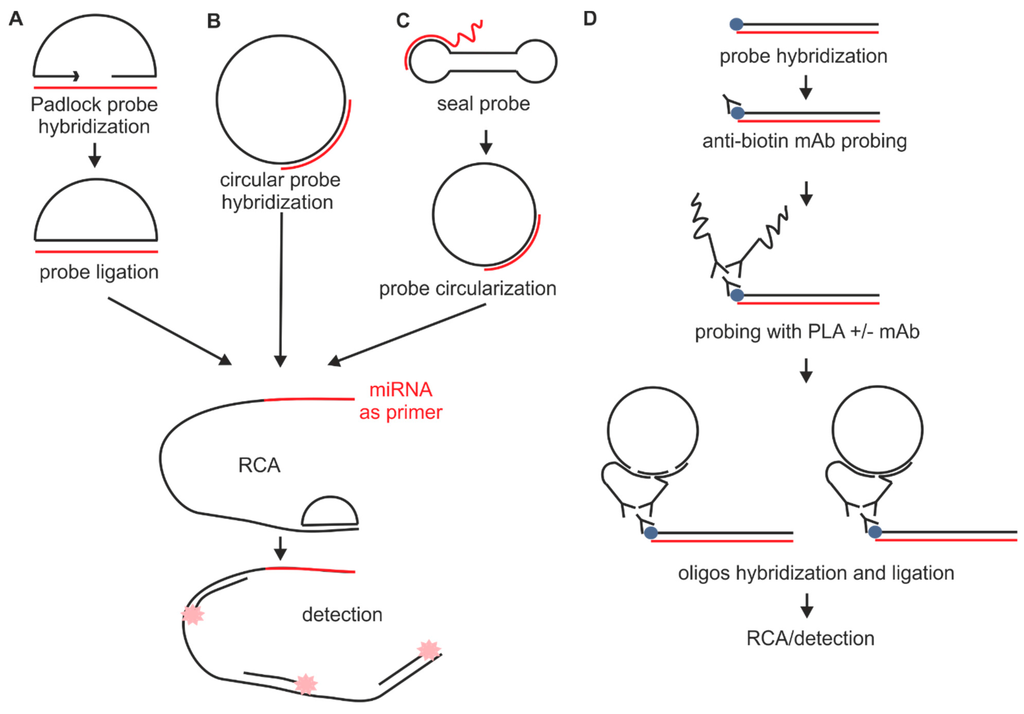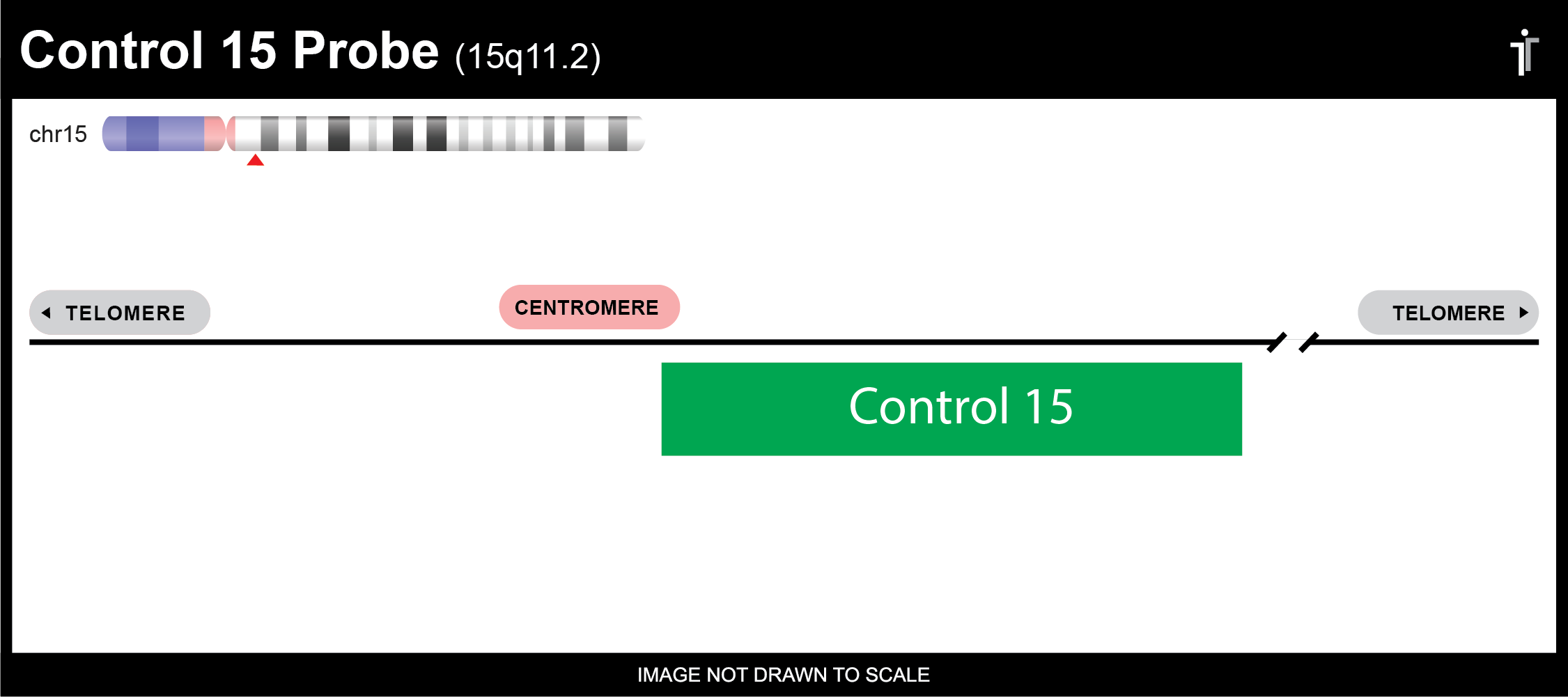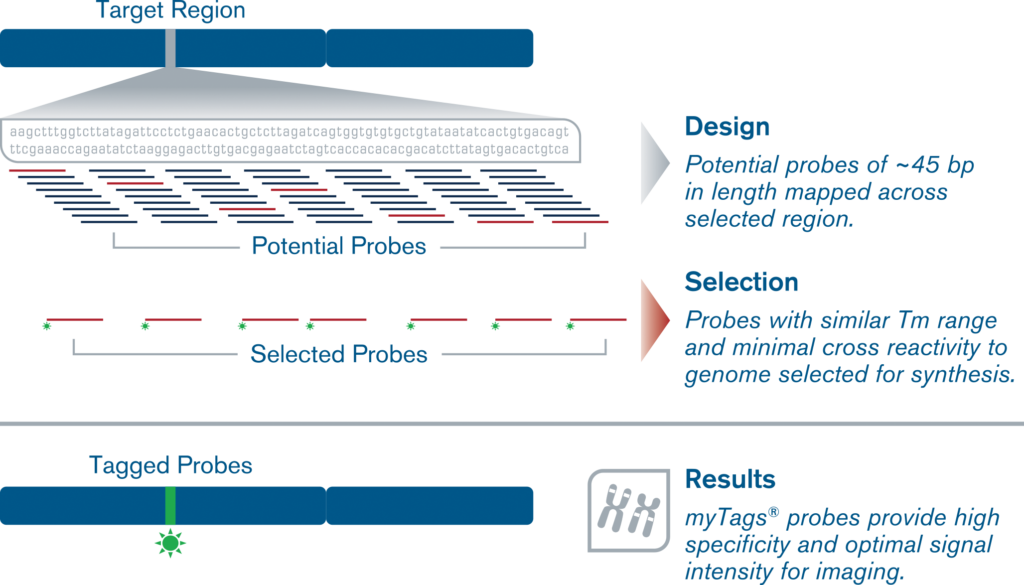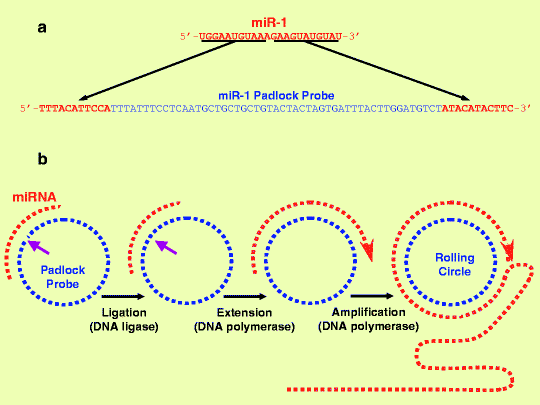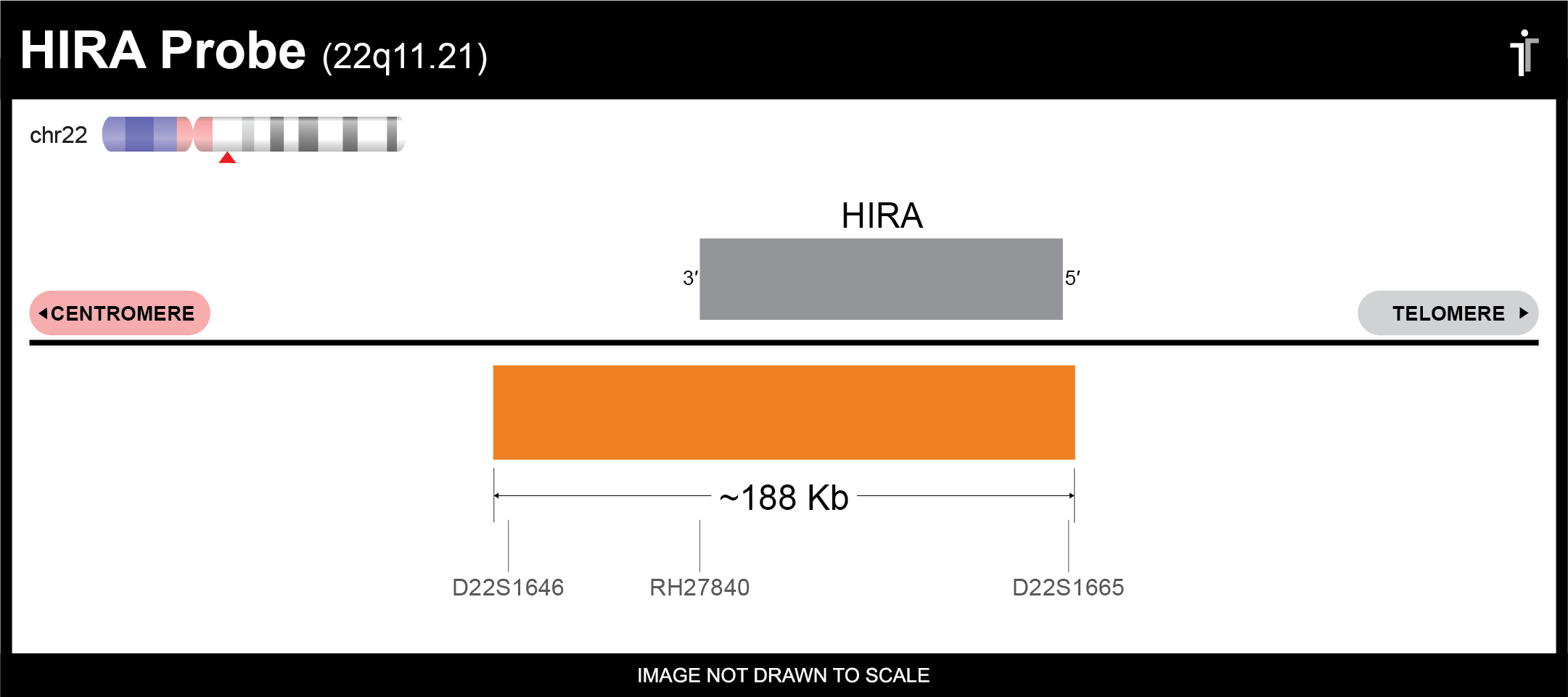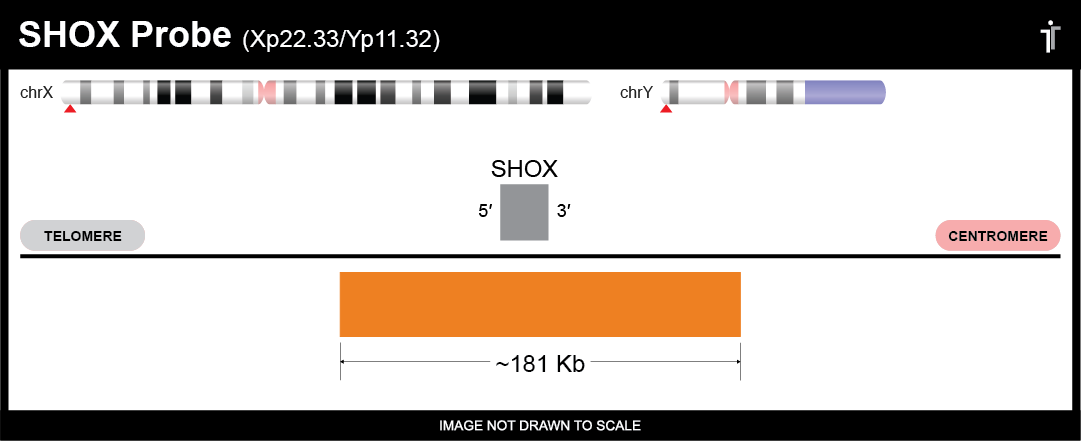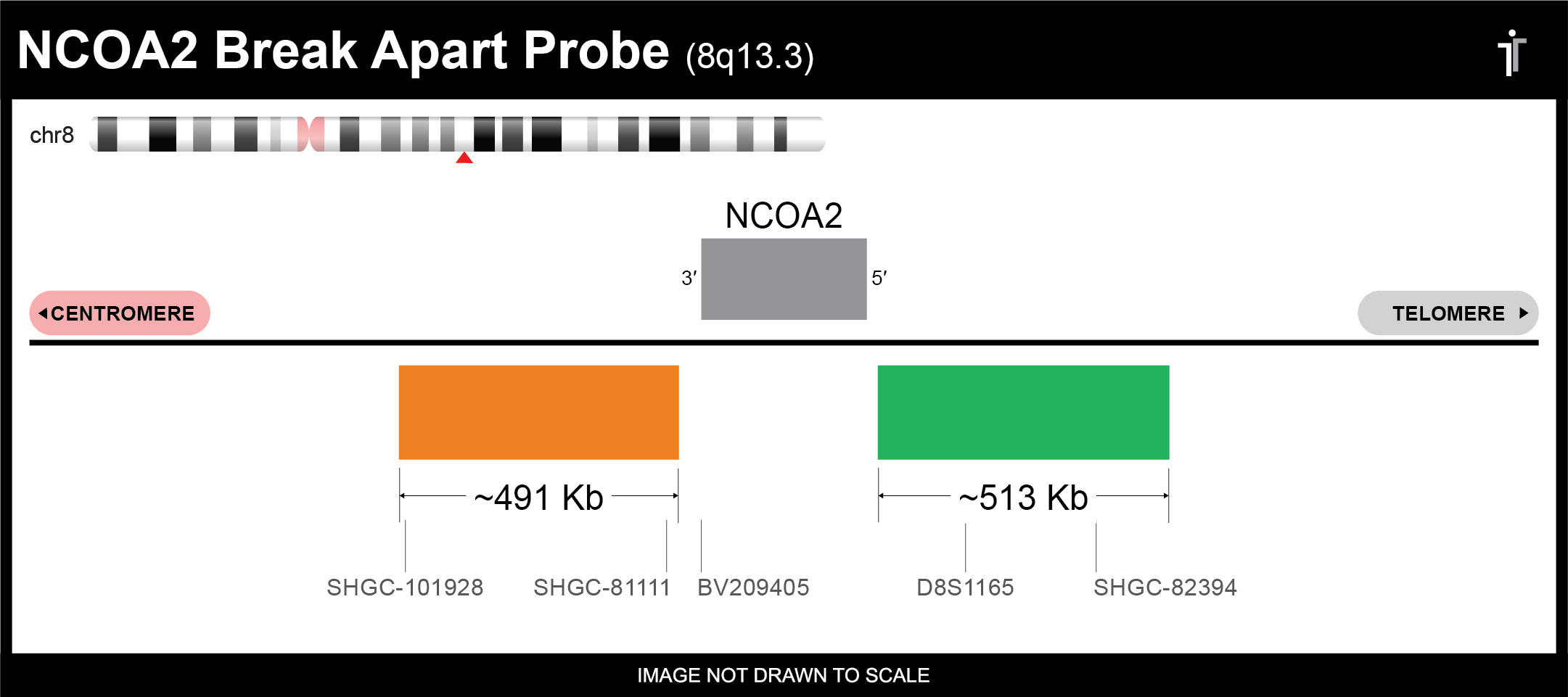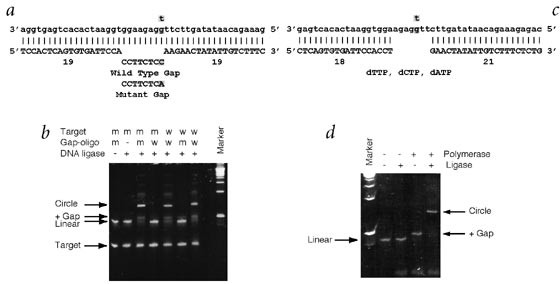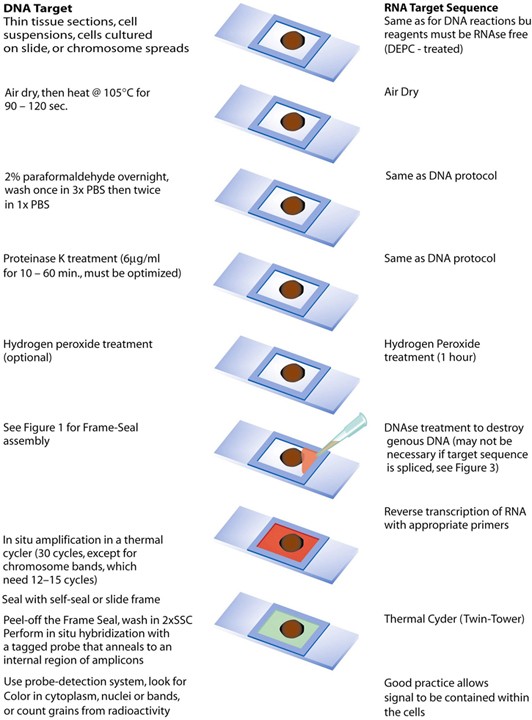This protocol describes the use of dig labeled single stranded rna probes to detect expression of the gene of interest in paraffin embedded sections.
In situ hybridization probe design protocol.
This labeled rna or dna probe can then be detected by using an antibody to detect the label on the probe.
I prefer targeting the 3 end of the gene and try to anchor at least 1 2 or 2 3 of that probe s length to be in the 3 utr.
In addition to the use of antisense experimental rna probes in situ hybridizations using sense control rna probes of the corresponding genes can be performed to provide information about non.
A labeled rna or dna probe hybridizes with a target mrna or dna sequence in a sample.
Digoxigenin dig labeled rna probe in situ hybridization protocol.
The probe is then detected using an antibody.
Thisse lab in situ hybridization protocol 2010 update.
For frozen sections start at step 2.
As the technique has been developed over time an ever increasing number of divergent protocols have been published.
The protocol given below was part of a embo course nonradioactive in situ hybridization cologne 1998.
Designgruppe fanz neumayer schifferstadt.
A labeled rna or dna probe can be used to hybridize to a known target mrna or dna sequence within a sample.
There is now a broad selection of options available to facilitate proper tissue preparation.
Rna in situ hybridization in ffpe samples.
Fluorescence in situ hybridization of a repetitive dna probe.
Primer design for amplifying probe templates containing an rna polymerase promoter.
Ish in situ hybridization is a technique used for detecting specific dna and rna sequences in a tissue sample by using a labeled rna or dna probe.
Fluorescence in situ hybridization fish is a technique that uses fluorescent probes which bind to special sites of the chromosome with a high degree of sequence complementarity to the probes.
The labeled probe is detected using an antibody.
In situ hybridization in situ hybridization indicates the localization of gene expression in their cellular environment.
Art direction and design.
It is an important method used for scientific research in clinical settings.
The fluorescent probes are nucleic acid labeled with fluorescent groups and can bind to specific dna rna sequences.


